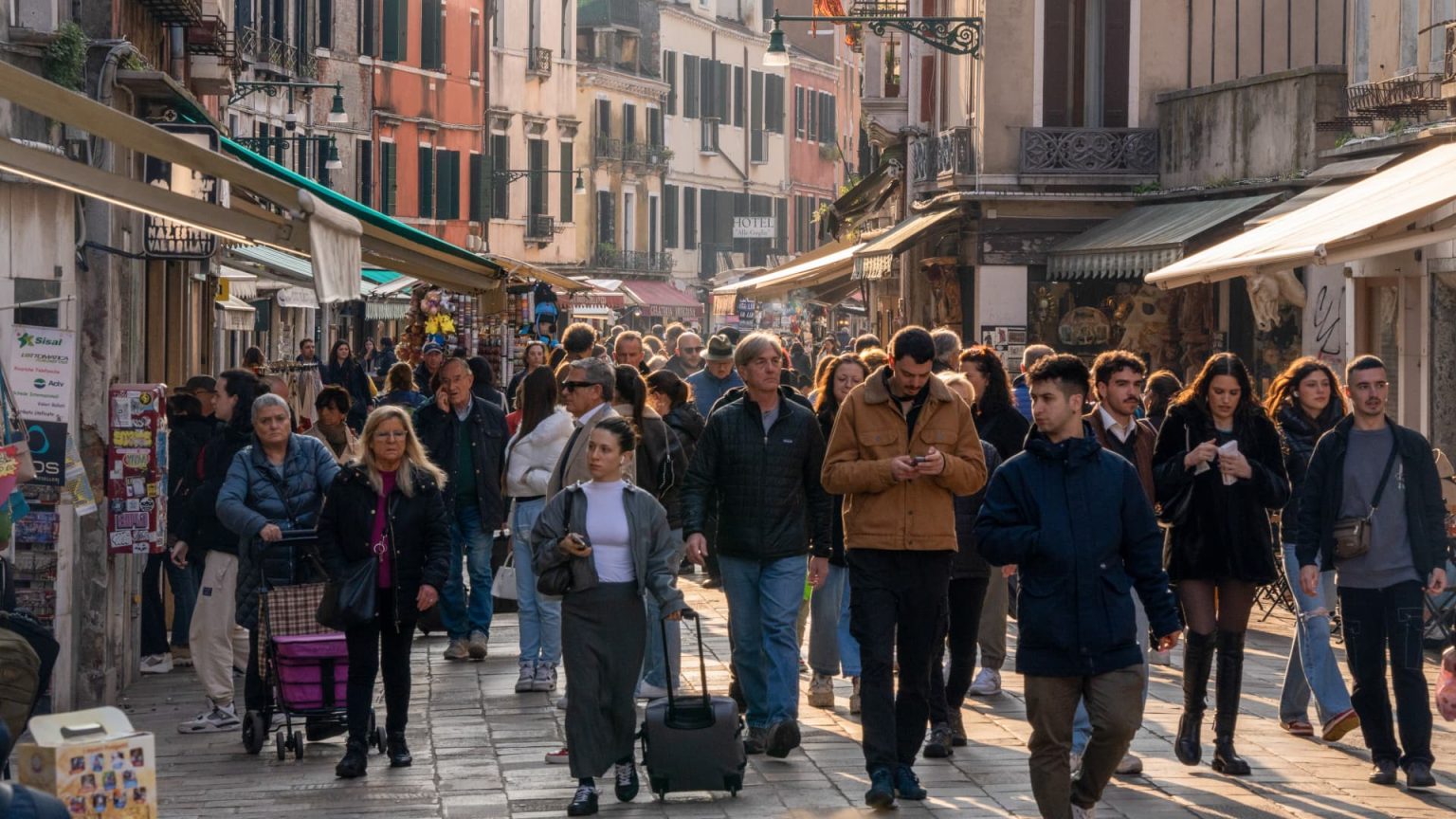Italy, particularly Bellagio on Lake Como, is experiencing an overwhelming influx of tourists, causing traffic congestion and other issues. Despite the country’s dependency on tourism for its economy, the surge in visitors is straining infrastructure and causing concerns for historical sites. Venice has started charging a fee for day travelers, and attractions like Da Vinci’s “Last Supper” in Milan have limited access to protect against damage. The shortage of staff, including chefs and waiters, in the tourism industry is another challenge Italy faces. The demand for seasonal workers in regions such as Sardinia is high, highlighting the labor shortage.
While Italy may not be the bargain it once was, there is still good value to be found, especially in terms of food and drink. Local delicacies like espresso and croissants are affordable, and traditional Milanese dishes can be enjoyed at reasonable prices. Local wines are also reasonably priced, both in restaurants and supermarkets, making dining out a relatively affordable experience. However, securing reservations at popular spots can be difficult due to the sheer number of tourists flocking to the country.
Finding reliable transportation, such as taxis or Uber, is a challenge in places like Lake Como and Milan. The narrow roads and limited taxi availability make pre-booking essential, while Uber has higher-priced options due to the country’s regulations on private drivers. The restrictions on Uber in Italy have led to higher prices for transportation services, making it more cost-effective to stick with traditional taxi services. Despite the challenges, the unique experiences and beauty of Italy make the hassle of navigating crowded areas worth it.
The exclusive nature of some establishments in Italy, such as luxury villas and high-end restaurants, caters to a wealthy clientele and celebrity sightings. Reservations at top-tier restaurants and accommodations are hard to come by, with no-shows incurring hefty fees. For those seeking an A-list experience or hosting an extravagant event, venues like Villa La Cassinella or Villa Balbiano on Lake Como offer luxurious options at premium prices. These exclusive venues cater to a select clientele willing to pay top dollar for a lavish experience.
Italy’s tourism industry is vital to its economy, accounting for a significant portion of the country’s GDP and providing employment for millions. However, the challenges posed by the influx of tourists, including strain on infrastructure and labor shortages, require innovative solutions to ensure sustainable tourism practices. Balancing the economic benefits of tourism with preserving cultural heritage and environmental sustainability is crucial to maintaining Italy’s appeal as a top travel destination. The country’s unique attractions, from historic landmarks to culinary delights, continue to draw visitors from around the world, despite the logistical challenges of navigating crowded tourist hotspots.


